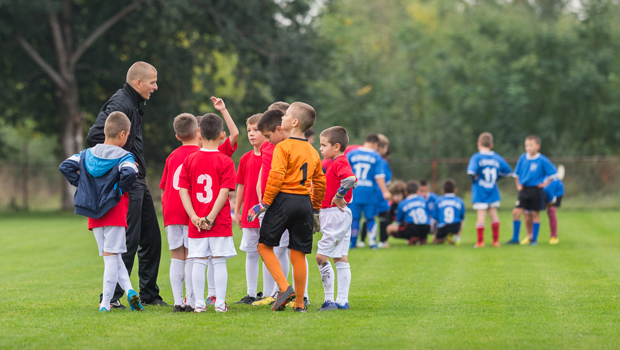Finding Happiness at Work
The latest research in maintaining the good life.
The workplace plays an important role in most of our lives. We spend a lot of time there, we navigate relationships with other people and our livelihood can bring meaning and purpose to our lives. Needless to say, a happier work environment means a happier life. Here are a few work-related studies to help you manage your work life.
Avoid the Burn
Millennials are more likely to report feelings of burnout in the workplace than any other generation. According to Gallup, nearly 30 percent of millennials say they are burned out often and 70 percent experience some form of burnout. Now representing 35 percent of the U.S. workforce, millennials have become the largest working generation, according to the Pew Research Center. This burnout factor can present a real problem for employers, leading to more employee absences and disengagement. In order to keep a happier work environment, Gallup suggests letting managers work more like coaches to give proper feedback, make sure employees are connecting with the organization’s overarching purpose and offer a flexible work environment with a certain level of autonomy.
Be Nice for the Kids
In a recent study on workplace incivility, researchers conducted a survey of 146 working moms. The women who reported rude behavior at work, such as experiencing derogatory statements or a co-worker stealing credit, were more likely to be stricter and more authoritarian to their children at home. Rude behavior at the workplace is also associated with feelings of ineffective parenting at home. This displaced anger could lead to overcompensation on disciplinary action. Researchers contend that this style of negative parenting may lead to negative outcomes for the child.
Shake It Off
Recent research published in the Journal of Occupational Health Psychology found that taking a break to clear your mind after a tough day at work may lead to a better night’s sleep. When we encounter negative experiences, we tend to ruminate on those situations which can lead to health risks, such as insomnia, cardiovascular disease and high blood pressure. Researchers found that the people who could let go of the mental anguish were more likely to use activities such as yoga, music or a nature walk to calm down. These behaviors also translated to more restful sleep.
Wrong Side of the Bed
If you wake up in the morning already anticipating stress, then you might torpedo your whole day, according to a recent study from Penn State University. The study also found that starting the day with this negative mindset can affect your working memory, which could lead to forgetfulness, negative performance and a downright foul mood. To help work through some of that stress, Jinshil Hyun from PSU’s Department of Human Development and Family Studies suggests mindfulness-based meditation or submersing yourself in nature to find calm in your inner space. “Considering it was stress anticipation in the morning, not prior night’s anticipatory stress, that was harmful to your working memory,” she adds, “trying these stress-reducing activities in the morning would be a way to curb the harm from anticipating stress.”
Read More









